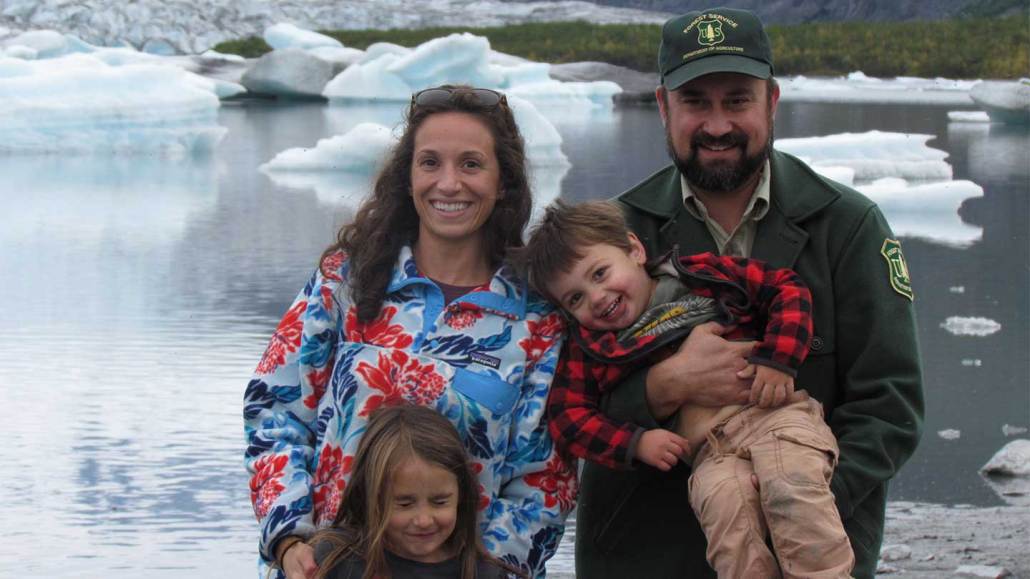A 25-year-effort uncovers clues to unexplained deaths in children
Seizures during sleep appear to play a role in these mysterious deaths

Holly Weiss-Racine, Marin, Wesley and Nick Racine (from left to right) hiked to Spencer Glacier in Alaska in September of 2015. Wesley died unexpectedly at the age of 2 in December 2015.
Holly Weiss-Racine